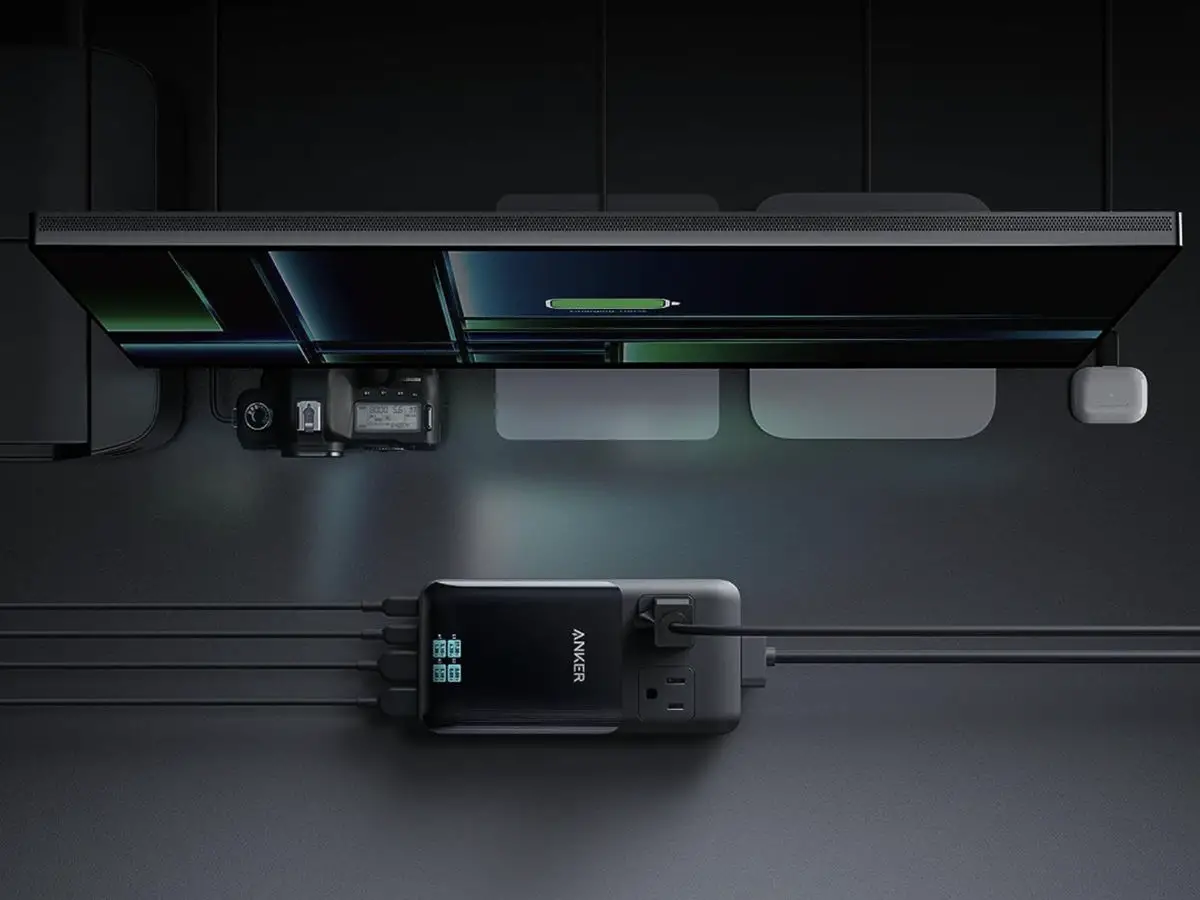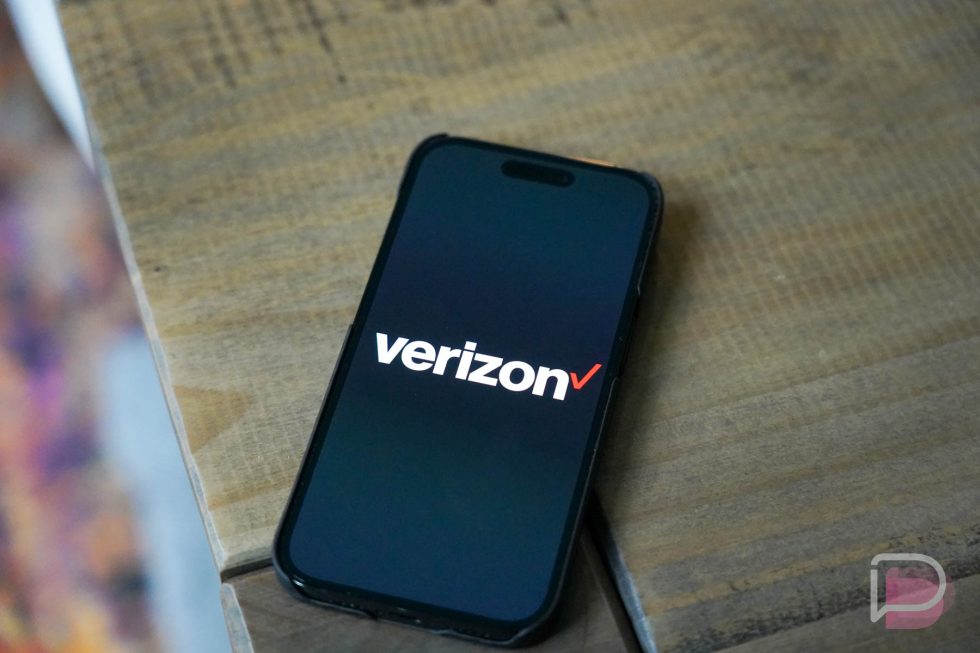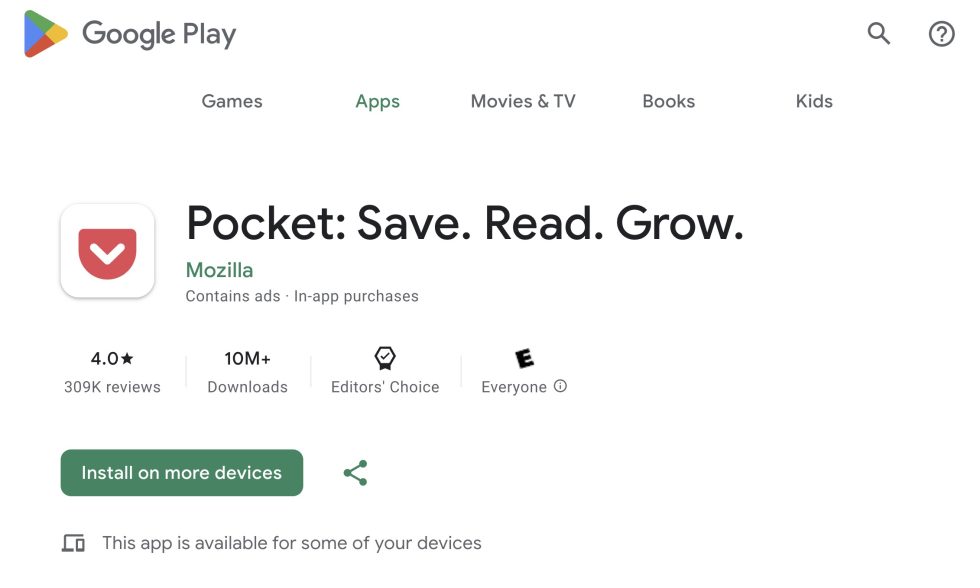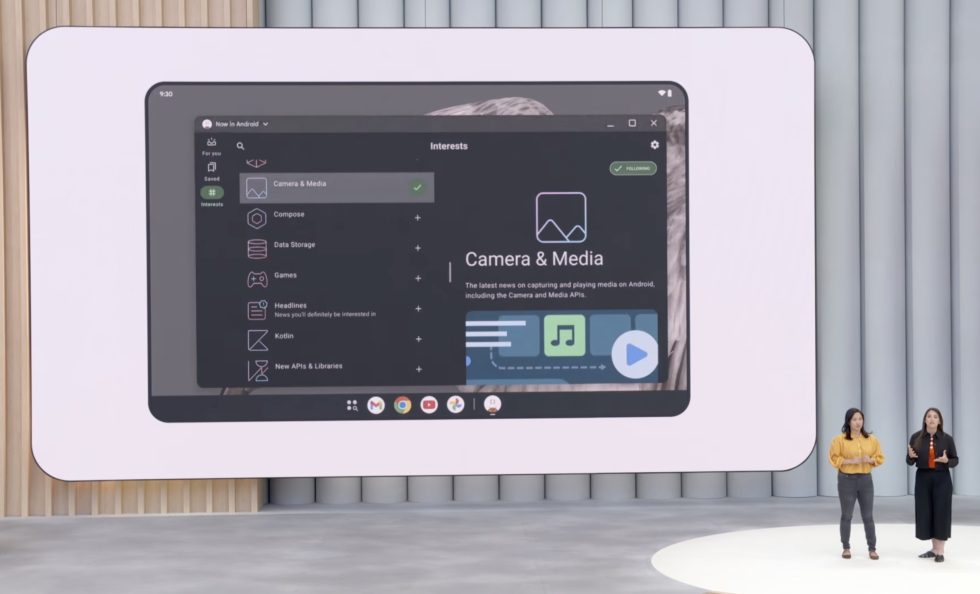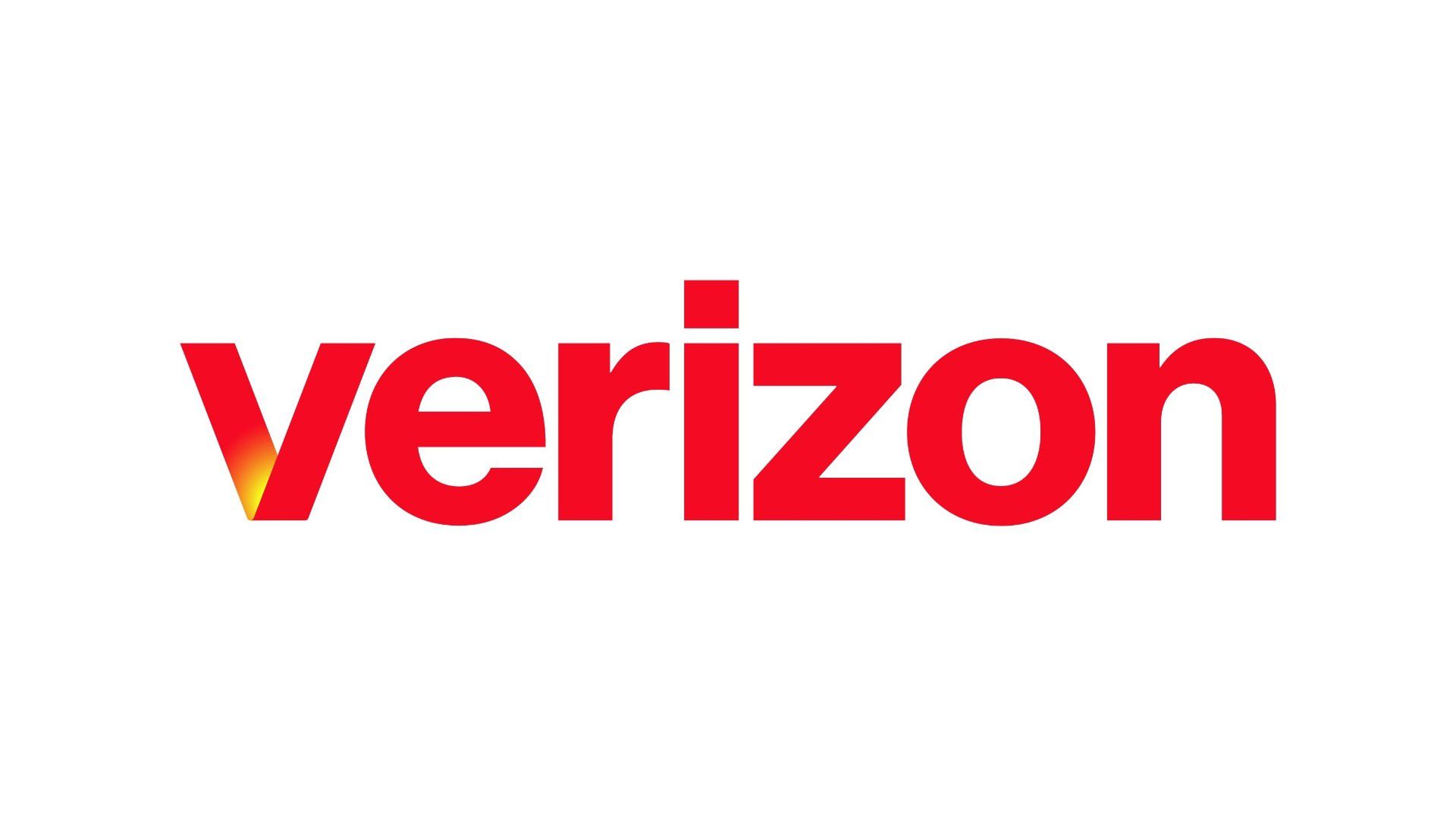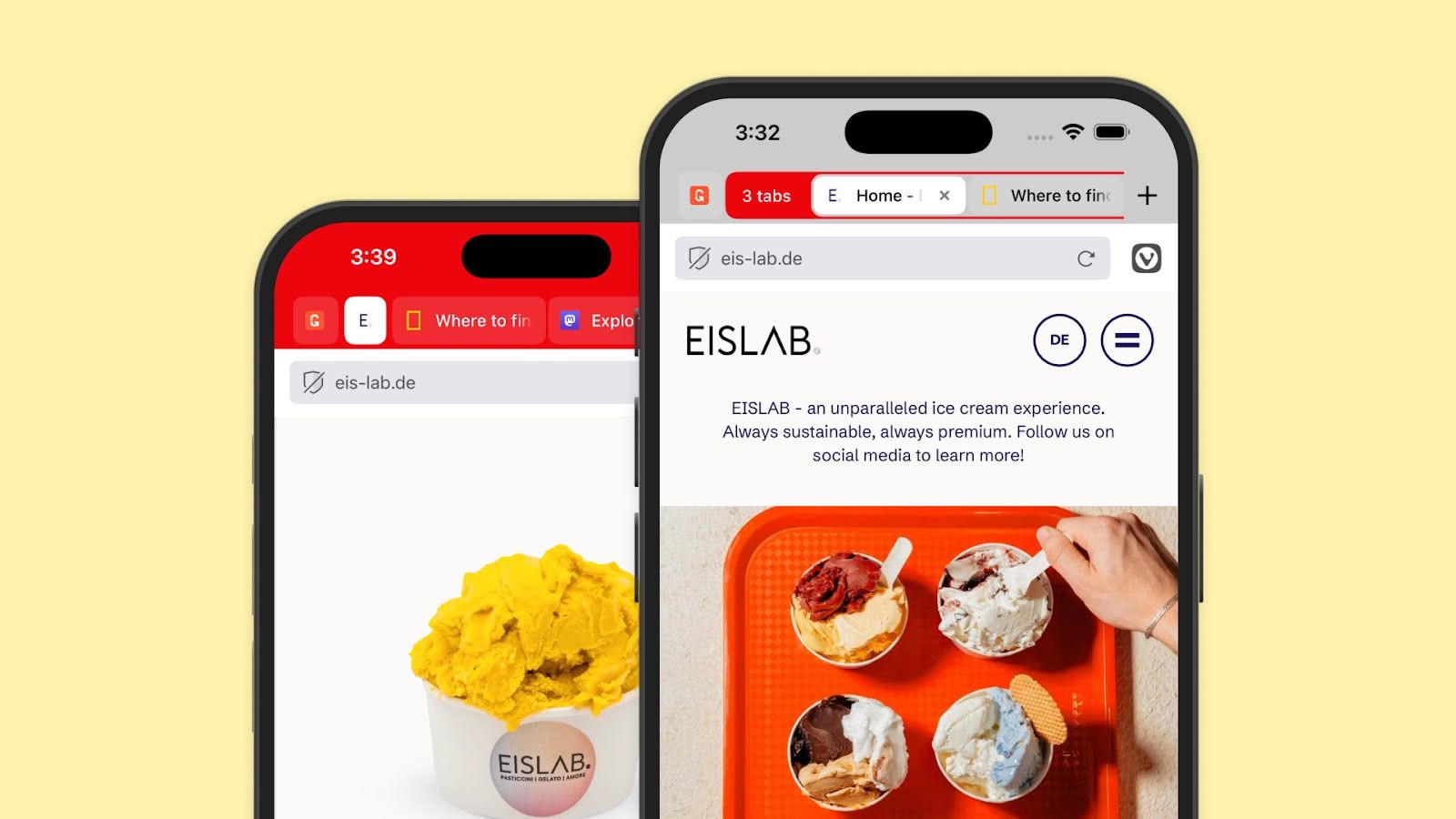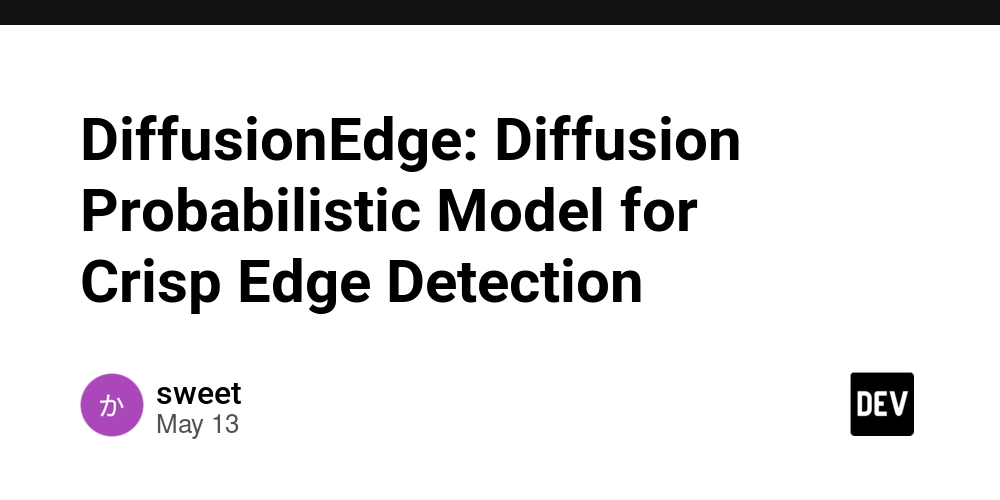Understanding Settlement in Precious Metal Transactions
In financial and commodity markets, settlement refers to the final exchange of value between buyer and seller—whether that’s cash for securities, contracts for commodities, or bullion for currency. It's the point at which a trade becomes legally binding and economically completed. Settlement ensures that the buyer receives what they paid for, and the seller gets compensated—closing the loop on a trade agreement. In highly regulated or institutional markets, delays or failures in settlement can cause serious financial, operational, or legal consequences. In the precious metals market, settlement is particularly important due to the physical nature of the underlying assets and the global scope of transactions. Proper settlement: Guarantees the delivery of gold, silver, platinum, or palladium at the correct specifications Reduces counterparty risk in both over-the-counter (OTC) and exchange-traded environments Ensures compliance with local and international financial regulations Whether dealing in physical bullion or paper instruments like futures, efficient and secure settlement is critical for maintaining market confidence, liquidity, and trust. Precious metal markets operate across two distinct but interconnected domains: Physical markets: Involve the actual delivery of metal bars or coins. Settlement includes storage, transportation, and verification—typically conducted through vaults and authorized dealers. Derivative or paper markets: Include instruments like futures, forwards, and ETFs. These are often cash-settled or involve optional delivery, depending on contract terms. Each market type has its own settlement mechanics, timelines, and risks. Understanding how these processes work is essential for anyone trading, investing, or hedging in the global bullion space. What Is Settlement in Precious Metal Trading? Settlement in the context of precious metal trading refers to the final stage of a transaction, where the buyer receives the metal (or its cash equivalent), and the seller receives payment. It is the formal conclusion of trade obligations and a critical component of risk management, financial integrity, and operational continuity in both physical and paper markets. Key Definitions and Core Concepts In its simplest form, settlement is the transfer of ownership—either of the physical metal or the monetary value tied to it. It marks the point at which: Trade obligations are fulfilled Funds and/or bullion legally change hands Any temporary or conditional exposure is closed out Settlement must follow the execution of a trade, but may happen instantly (T+0) or after a fixed period (e.g., T+2 or T+5), depending on the market or product. The settlement process creates a recorded timestamp confirming that both sides have met their commitments. This has implications for: Accounting and auditing Collateral release or margin adjustments Regulatory compliance and reporting It’s not just operational—it’s a legally significant event in financial documentation and risk control. Clearing vs. Settlement Clearing is the step that happens before settlement. It involves preparing the transaction by: Validating trade details (price, quantity, parties) Running credit and risk checks Netting positions to reduce the volume of final settlements Calculating collateral requirements (especially in futures markets) Clearing ensures that all conditions are ready for a secure and accurate settlement. Once a trade is cleared, settlement completes it. Depending on the transaction, this means: Transferring physical bullion between vaults Executing a cash payment equivalent to metal value Delivering allocated or unallocated ownership rights in the case of book-entry systems In regulated environments, both clearing and settlement are often handled by central counterparties (CCPs) or specialized clearinghouses. Settlement Methods Used Physical settlement refers to the actual delivery of metal. Common in OTC and institutional bullion transactions, it may involve: Allocated settlement: The buyer receives title to specific bars held in secure vaults Vault-to-vault transfer: In-market delivery without physical movement Shipment and delivery: Transport of bullion to a designated location (less common in wholesale markets) Physical settlement is typically used for Good Delivery gold or silver and often involves logistics providers and third-party custodians. In many futures and derivatives contracts, cash settlement is standard. This means: The trade is settled with money, not metal The amount reflects the difference between contract price and market price at expiration No physical delivery is involved unless specifically requested Cash settlement is faster, more liquid, and widely used in speculative trading, ETF operations, and margin-based accounts. How Settlement Is Carried Out The settlement process in precious metal trading involves a

In financial and commodity markets, settlement refers to the final exchange of value between buyer and seller—whether that’s cash for securities, contracts for commodities, or bullion for currency. It's the point at which a trade becomes legally binding and economically completed.
Settlement ensures that the buyer receives what they paid for, and the seller gets compensated—closing the loop on a trade agreement. In highly regulated or institutional markets, delays or failures in settlement can cause serious financial, operational, or legal consequences.
In the precious metals market, settlement is particularly important due to the physical nature of the underlying assets and the global scope of transactions. Proper settlement:
Guarantees the delivery of gold, silver, platinum, or palladium at the correct specifications
Reduces counterparty risk in both over-the-counter (OTC) and exchange-traded environments
Ensures compliance with local and international financial regulations
Whether dealing in physical bullion or paper instruments like futures, efficient and secure settlement is critical for maintaining market confidence, liquidity, and trust.
Precious metal markets operate across two distinct but interconnected domains:
Physical markets: Involve the actual delivery of metal bars or coins. Settlement includes storage, transportation, and verification—typically conducted through vaults and authorized dealers.
Derivative or paper markets: Include instruments like futures, forwards, and ETFs. These are often cash-settled or involve optional delivery, depending on contract terms.
Each market type has its own settlement mechanics, timelines, and risks. Understanding how these processes work is essential for anyone trading, investing, or hedging in the global bullion space.
What Is Settlement in Precious Metal Trading?

Settlement in the context of precious metal trading refers to the final stage of a transaction, where the buyer receives the metal (or its cash equivalent), and the seller receives payment. It is the formal conclusion of trade obligations and a critical component of risk management, financial integrity, and operational continuity in both physical and paper markets.
- Key Definitions and Core Concepts
In its simplest form, settlement is the transfer of ownership—either of the physical metal or the monetary value tied to it. It marks the point at which:
Trade obligations are fulfilled
Funds and/or bullion legally change hands
Any temporary or conditional exposure is closed out
Settlement must follow the execution of a trade, but may happen instantly (T+0) or after a fixed period (e.g., T+2 or T+5), depending on the market or product.
The settlement process creates a recorded timestamp confirming that both sides have met their commitments. This has implications for:
Accounting and auditing
Collateral release or margin adjustments
Regulatory compliance and reporting
It’s not just operational—it’s a legally significant event in financial documentation and risk control.
- Clearing vs. Settlement
Clearing is the step that happens before settlement. It involves preparing the transaction by:
Validating trade details (price, quantity, parties)
Running credit and risk checks
Netting positions to reduce the volume of final settlements
Calculating collateral requirements (especially in futures markets)
Clearing ensures that all conditions are ready for a secure and accurate settlement.
Once a trade is cleared, settlement completes it. Depending on the transaction, this means:
Transferring physical bullion between vaults
Executing a cash payment equivalent to metal value
Delivering allocated or unallocated ownership rights in the case of book-entry systems
In regulated environments, both clearing and settlement are often handled by central counterparties (CCPs) or specialized clearinghouses.
- Settlement Methods Used
Physical settlement refers to the actual delivery of metal. Common in OTC and institutional bullion transactions, it may involve:
Allocated settlement: The buyer receives title to specific bars held in secure vaults
Vault-to-vault transfer: In-market delivery without physical movement
Shipment and delivery: Transport of bullion to a designated location (less common in wholesale markets)
Physical settlement is typically used for Good Delivery gold or silver and often involves logistics providers and third-party custodians.
In many futures and derivatives contracts, cash settlement is standard. This means:
The trade is settled with money, not metal
The amount reflects the difference between contract price and market price at expiration
No physical delivery is involved unless specifically requested
Cash settlement is faster, more liquid, and widely used in speculative trading, ETF operations, and margin-based accounts.
How Settlement Is Carried Out
The settlement process in precious metal trading involves a coordinated sequence of actions between market infrastructure providers, custodians, and clearing agents. From executing a trade to completing delivery or cash payment, every step is designed to minimize counterparty risk, ensure accuracy, and maintain trust in both physical and derivative markets.
- Institutional Roles in the Settlement Chain
Settlement starts with trade execution, typically taking place through:
LBMA (London Bullion Market Association) for OTC spot, forwards, and unallocated bullion transactions
COMEX and NYMEX (part of CME Group) for exchange-traded futures and options on gold, silver, platinum, and palladium
These institutions provide:
Matching engines that pair buyer and seller instructions
Order validation for volume, pricing, and product type
Interfaces with clearing systems that handle financial and asset flows
In the OTC space, many trades are settled through bilateral agreements, while in futures markets, they’re processed through central clearing.
Custodians such as Brinks, Loomis, G4S, and Malca-Amit manage physical storage and transfer of bullion. They:
Facilitate allocated and unallocated account transfers
Maintain vault security and inventory control
Support documentation and bar verification under Good Delivery rules
Clearing agents serve as intermediaries that coordinate between trading parties and ensure that cash or metal is exchanged promptly and accurately, either on behalf of banks or institutional clients.
- Clearing Houses and Their Importance
For exchange-traded products, clearing is handled by central counterparties (CCPs) such as CME Clearing, which step in between the buyer and seller to guarantee settlement.
Key benefits of the CCP model include:
Default protection—if one party fails, the CCP absorbs the loss
Multilateral netting, reducing the total volume of settlements
Standardized margin requirements, reducing credit exposure
CCPs greatly enhance market efficiency and trust, especially in high-volume derivative trading.
Futures and options positions are subject to daily mark-to-market procedures. This means:
Traders must maintain margin balances in line with current market value
Gains and losses are settled daily, reducing cumulative risk
All positions undergo verification for trade integrity and counterparty alignment
This real-time reconciliation process helps maintain financial discipline and system integrity.
- Settlement Timing
Settlement timing refers to the number of days between trade execution (T) and final settlement. Standard timelines include:
T+2: Common for spot OTC bullion transactions and many institutional purchases
T+1: Increasingly adopted in modern clearing systems for speed and risk reduction
Same-day (T+0): Often used in intra-day swaps, high-frequency trading, or emergency deliveries
Timing depends on trade type, location, and settlement infrastructure.
Exceptions for OTC and Customized Derivative Agreements
In the OTC market, settlement terms are often negotiated bilaterally, allowing for customized timing:
Long-dated forwards may settle in weeks or months
Options and swaps may follow bespoke timelines based on event triggers or pricing windows
Cross-border trades may incorporate FX settlement lags or delivery buffer periods
These flexible structures allow counterparties to tailor settlement to commercial, logistical, or financial needs—but they also require robust operational controls.
How Cash Settlement Works in Precious Metals
Cash settlement is a widely used mechanism in the financial side of the precious metals market. Instead of delivering physical bullion, counterparties settle trades by exchanging money—usually based on the final market value of the underlying asset. This method is fast, efficient, and ideal for derivative products like futures, options, and ETFs where actual delivery is impractical or unnecessary.
- What Is Cash Settlement?
Cash settlement means that at the end of a trade, the gain or loss is calculated based on the difference between the trade price and the final market price, and the difference is paid in cash—no metal changes hands.
It is common in:
Futures contracts, where most traders roll or close positions before expiry
Exchange-traded funds (ETFs), which adjust share value based on bullion price without delivery
Options contracts, especially when used for speculation or hedging
This method supports high liquidity and rapid settlement in complex or high-volume markets.
- Cash Settlement in Practice
Most precious metal futures, like those traded on COMEX, are cash-settled based on the final settlement price, often tied to the LBMA Gold or Silver Price Fixes or the last traded price on expiry day.
For example:
A trader goes long gold at $1,950/oz
On expiry, the final settlement price is $1,975/oz
The trader receives the $25/oz gain in USD, multiplied by the contract size (100 oz = $2,500 profit)
No bars are delivered—just cash transfer via clearing systems.
Gold and silver ETFs like GLD or SLV are priced based on net asset value (NAV), which reflects the current spot or futures price of the metal. While the funds may hold physical bullion, individual investors do not receive delivery—they simply profit or lose based on price movements.
This is effectively a cash-settled exposure to the metal, offering ease of access without the logistics of physical storage.
- Pros and Cons of Cash Settlement
✔️ Faster and Lower-Cost Transactions
Advantages of cash settlement include:
No need for transportation, storage, or insurance
Ideal for short-term trading or speculative positions
Highly liquid and compatible with modern trading platforms
Simplifies tax reporting and recordkeeping in many jurisdictions
❌ Lacks Tangibility and May Diverge from Physical Price
However, there are trade-offs:
No access to physical ownership, which is preferred for wealth preservation
Price divergence can occur between paper and physical markets due to premiums, delivery delays, or liquidity issues
Not suitable for those requiring physical delivery for manufacturing or bullion reserves
In essence, cash settlement works well for traders and portfolio managers but may fall short for long-term holders or institutions needing tangible assets.
Gross vs. Net Settlement Systems

In precious metal trading, the method by which settlements are processed—gross or net—has a direct impact on liquidity, operational efficiency, and systemic risk. Understanding the distinction between these two systems is essential for anyone dealing with large-volume trades, institutional settlement, or margin-based transactions in gold, silver, platinum, and palladium markets.
- Key Definitions
Gross settlement means each transaction is settled individually, in full, and in real time. Once a trade is executed:
The full amount is transferred without delay
No netting or batching of obligations occurs
Each transaction is independently cleared and recorded
This model is typically used in real-time gross settlement (RTGS) systems and provides the highest level of settlement finality and risk isolation, but requires more liquidity to fund each transaction separately.
Net settlement, by contrast, aggregates multiple trades between the same parties and settles only the net difference at the end of a settlement period (daily, intraday, or custom).
Key features:
Reduces the total volume of fund transfers
Requires lower liquidity reserves
Adds some interim counterparty risk until netting is completed
Netting is ideal for high-frequency or high-volume trading environments, where efficiency is critical.
- Application in the Precious Metal Market
In the London bullion market, settlement of OTC trades is handled by the London Precious Metals Clearing Limited (LPMCL)—a clearing system used by LBMA members. It operates on a net settlement basis, meaning:
Trades between participants are batched and offset
Only the net position is settled each day
Settlement occurs through unallocated metal accounts, often without moving physical bullion
This enhances settlement efficiency and liquidity management, especially in a market with large notional trading volumes and relatively low physical turnover.
On COMEX (CME Group), futures and options trades are processed through a margin-based clearing system with end-of-day mark-to-market settlement. Here’s how it works:
Each trader posts initial and maintenance margin
Positions are valued daily (marked-to-market)
Gains and losses are settled in cash, often with netting across all positions
This system blends aspects of net and gross settlement:
Intraday trading is aggregated and netted
Final daily settlement is calculated on a net basis, but collateral is managed in real time
This approach offers risk containment for the exchange and capital efficiency for traders, making it ideal for leveraged, speculative participation in the paper metals market.
Settlement Risks and Mitigation Strategies
Despite advancements in clearing technology and regulatory oversight, settlement risk remains a critical concern in precious metal trading. From institutional breakdowns to sudden market shocks, failures in the settlement process can lead to financial losses, legal disputes, and reputational damage. Proactive risk mitigation strategies are essential to maintain the integrity of trades in both OTC and exchange-traded environments.
- Liquidity and Credit Risk
One of the most common and impactful risks is liquidity or credit failure—where a party is unable or unwilling to fulfill its payment or delivery obligation. This may occur due to:
Insolvency or bankruptcy
Cash flow issues
Operational or technical failures during transfer
Such disruptions can lead to settlement defaults, cascading financial losses, or legal intervention.
Several high-profile cases have demonstrated the dangers of weak settlement safeguards:
The 1980s gold and silver trading scandals exposed vulnerabilities in bilateral OTC trades with poor collateralization
The MF Global collapse in 2011 affected futures traders with unsettled positions in metal derivatives
During the COVID-19 market shock in 2020, liquidity stress caused delays in ETF metal sourcing and COMEX delivery fulfillment
These events highlight the need for strong risk buffers and real-time monitoring of counterparty solvency.
- Counterparty Risk in OTC and Futures Markets
Counterparty risk arises when one side of the trade defaults before completing the transaction. It is particularly relevant in:
OTC markets, where trades are settled bilaterally and often customized
Futures contracts, where margin posting and variation are used to offset potential exposure
Margin requirements and performance bonds serve as collateral to:
Cover losses if a party fails to settle
Discourage default by increasing cost of leverage
Provide liquidity during volatile periods
Regular margin calls, especially in volatile markets, are crucial to preserve financial discipline.
Central counterparties (CCPs), like CME Clearing, serve as intermediaries between trading parties, absorbing counterparty risk by:
Guaranteeing trade completion even if one party defaults
Netting positions across multiple contracts to reduce exposures
Holding strict margin and capital requirements
This infrastructure is particularly valuable in exchange-traded precious metals derivatives, where market volatility and leverage amplify potential settlement risk.
- Protective Tools
To strengthen settlement security, both OTC and institutional participants use additional protective tools, including:
Escrow accounts: Third-party holding of funds or bullion until all conditions are met
Collateralized contracts: Use of high-quality collateral (e.g., sovereign bonds, cash) to secure obligations
Real-time margining systems: Instant margin updates based on live market data, especially in high-frequency environments
These tools help reduce exposure to sudden failures and create an enforceable framework for trade completion, enhancing trust and operational continuity across the precious metals ecosystem.
How Technology Is Reshaping Metal Settlement
As global trade becomes more digital and interconnected, the precious metals market is undergoing a technological transformation, particularly in how settlements are conducted. Innovations in payment infrastructure, blockchain, and digitized asset systems are helping to reduce friction, enhance transparency, and mitigate risks in both physical bullion trades and derivative settlements.
- Instant and Near-Instant Payments
Instant payment infrastructure is becoming a foundational element of modern settlement systems. Tools such as:
SWIFT GPI (Global Payments Innovation)
RTGS (Real-Time Gross Settlement)
ISO 20022 messaging standards
…are increasingly used to speed up cross-border cash flows in precious metal transactions.
These systems enable:
Same-day or real-time settlement for high-value trades
Enhanced transparency with end-to-end payment tracking
Better interoperability between banks, vaults, and clearing systems
By accelerating the cash leg of settlement, these tools reduce settlement lag, counterparty exposure, and operational inefficiencies, particularly in multi-currency trades and global institutional transfers.
- Blockchain and Digital Metal Tokens
Blockchain technology is also reshaping metal settlement by enabling the digitization of physical assets. Through tokenized gold and silver, market participants can:
Trade fractional ownership of vaulted bullion
Transfer digital tokens that represent real, auditable metal reserves
Receive instant settlement across decentralized platforms
Projects such as PAXG (Paxos Gold), Tether Gold (XAUT), and initiatives by institutions like Perth Mint and SGPMX show how blockchain enables greater liquidity, transparency, and 24/7 access to physical metals without compromising asset backing.
Distributed ledger technology (DLT) offers a future where metal trades can be settled peer-to-peer, securely and instantly, without central intermediaries. Benefits include:
Atomic settlement (simultaneous exchange of funds and metal rights)
Reduction in counterparty risk and reconciliation errors
Creation of programmable smart contracts for trade automation, escrow, and compliance triggers
While still evolving, DLT is being actively explored by central banks, exchanges, and bullion providers as a scalable solution for modernizing metal settlement infrastructure on a global scale.
The Settlement Lifecycle: Summary Flow

Understanding the end-to-end lifecycle of a settlement in precious metal transactions is essential for navigating the complexities of both physical and derivative markets. Whether it’s an OTC spot gold trade or a COMEX futures contract, each transaction follows a structured process that ensures accuracy, risk mitigation, and compliance. Below is a breakdown of the five key stages in the settlement journey.
- Trade Agreement
This is the execution phase, where the buyer and seller agree on trade terms, including:
Asset type (e.g., gold, silver, platinum)
Quantity and purity
Price and currency
Settlement type (cash vs. physical)
Settlement date and counterparty terms
In OTC markets, this is usually done via bilateral communication or trading platforms. In exchange-traded markets, orders are executed through centralized exchanges like COMEX or CME.
- Clearing Confirmation
Once a trade is executed, it moves into the clearing phase, which involves:
Matching trade details between buyer and seller
Confirming positions with a clearinghouse or bilateral party
Identifying whether trades are to be netted or grossly settled
Assigning a central counterparty (CCP) in the case of exchange-traded products
This step lays the groundwork for safe and efficient settlement by ensuring that all trade details align and counterparties are verified.
- Margining and Risk Check
For derivative and leveraged positions, clearing entities will:
Calculate and collect initial and variation margin
Conduct credit risk assessments of counterparties
Run real-time risk models to determine potential future exposure
This stage helps ensure that all parties are financially capable of fulfilling the trade, preventing default or systemic disruption.
- Final Transfer of Funds/Assets
This is the settlement event, where ownership or payment is transferred:
For physical settlement, this may involve a vault transfer (allocated or unallocated), or physical delivery via logistics providers
For cash settlement, funds are transferred based on closing price or NAV adjustment
This step is executed via RTGS, SWIFT GPI, or other clearing/payment systems
This transfer officially closes out the transaction and completes the economic obligations.
- Record-Keeping and Regulatory Reporting
The final stage involves documenting the trade and fulfilling compliance duties:
Recording the transaction in internal systems and ledgers
Reporting to regulatory bodies (e.g., CFTC, ESMA) or trade repositories
Ensuring all parties meet requirements for audit trails, KYC, and AML standards
Accurate record-keeping is essential for transparency, dispute resolution, and regulatory audits, especially in large-volume or cross-border trades.
Conclusion
Settlement is more than the final step in a transaction—it is the point of trust fulfillment in the global precious metals trade. Whether settling a spot gold purchase, a silver futures contract, or an ETF redemption, the integrity of settlement determines:
Risk exposure between counterparties.
Operational efficiency of financial institutions.
Liquidity and credibility of the broader market.
From vault transfers to digital tokens, and from margin clearing to regulatory reporting, settlement is the invisible infrastructure that keeps the gold, silver, platinum, and palladium markets functioning with speed, reliability, and transparency.
Participants—whether banks, miners, investors, or refiners—must prioritize settlement controls and counterparty safeguards. This includes:
Choosing the right settlement method (cash vs. physical).
Understanding clearing systems and margining mechanics.
Leveraging collateral, escrow, and DLT technologies to reduce risk.
Ultimately, well-executed settlement protects against financial loss, reputational harm, and systemic shocks.
With advances in instant payments, blockchain integration, and regulatory automation, the future of precious metal settlement is shifting toward real-time, riskless settlement frameworks. As SWIFT GPI, RTGS systems, and tokenized bullion platforms mature, we can expect:
Shorter settlement cycles (T+1 to T+0).
Greater market transparency and auditability.
Increased participation from institutional and retail segments.
In this new landscape, settlement will be not just faster—but smarter, marking a new era of security, efficiency, and global integration in precious metals trading.


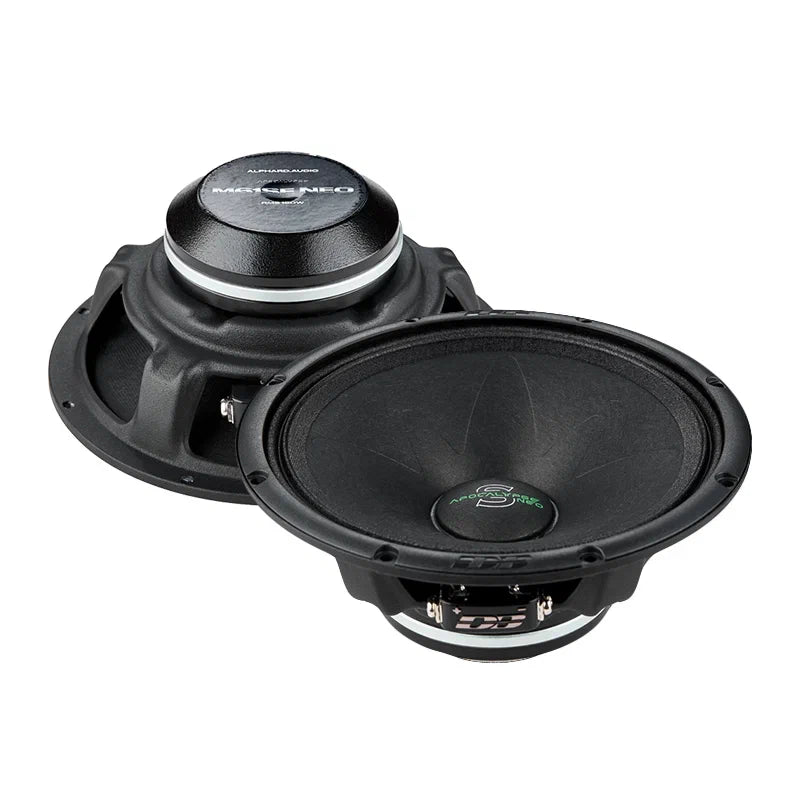




























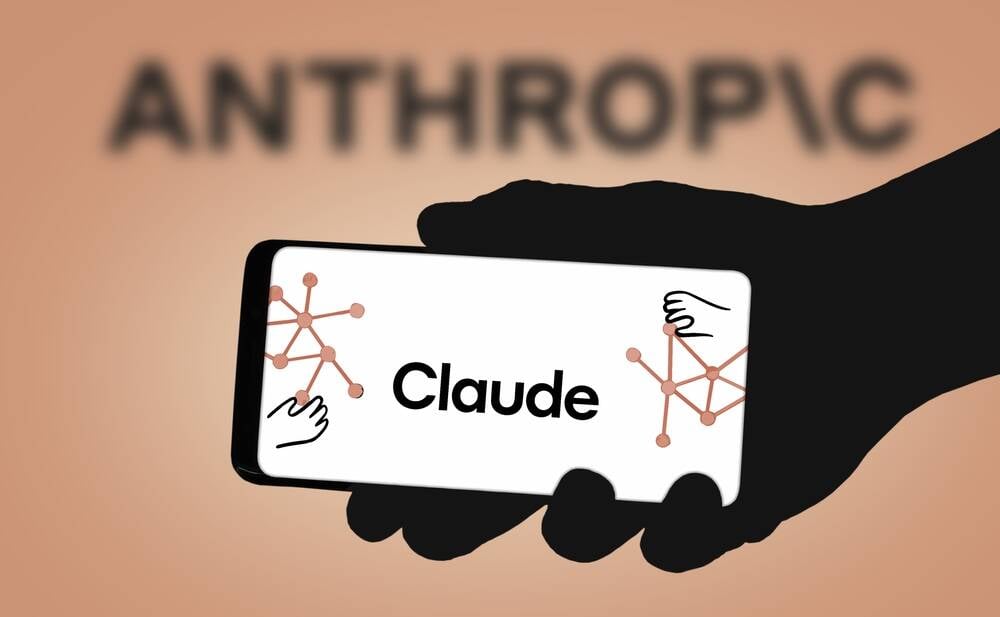

















































































































































![[The AI Show Episode 148]: Microsoft’s Quiet AI Layoffs, US Copyright Office’s Bombshell AI Guidance, 2025 State of Marketing AI Report, and OpenAI Codex](https://www.marketingaiinstitute.com/hubfs/ep%20148%20cover%20%281%29.png)


![[The AI Show Episode 146]: Rise of “AI-First” Companies, AI Job Disruption, GPT-4o Update Gets Rolled Back, How Big Consulting Firms Use AI, and Meta AI App](https://www.marketingaiinstitute.com/hubfs/ep%20146%20cover.png)

























































































































![Laid off but not afraid with X-senior Microsoft Dev MacKevin Fey [Podcast #173]](https://cdn.hashnode.com/res/hashnode/image/upload/v1747965474270/ae29dc33-4231-47b2-afd1-689b3785fb79.png?#)






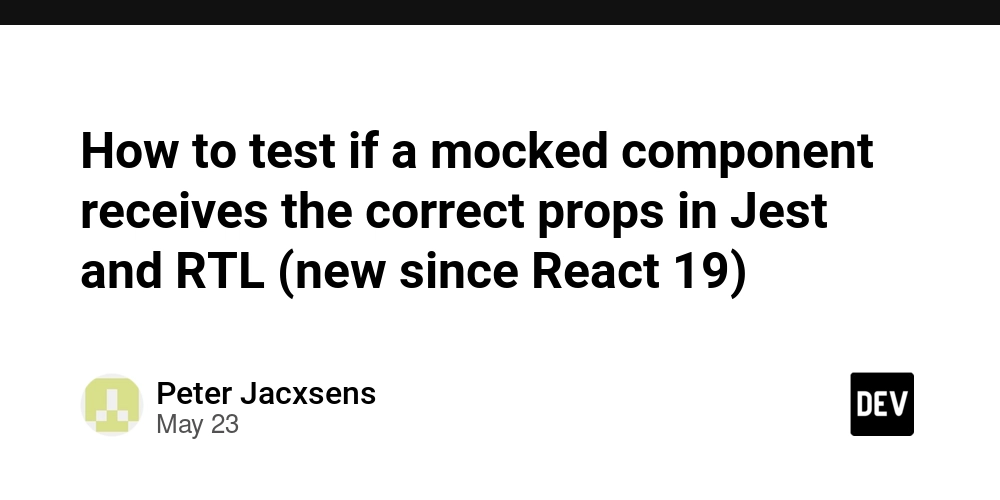



























































































![Borderlands 4 Boss Says 'A Real Fan' Will Pay $80 For Games [Update]](https://i.kinja-img.com/image/upload/c_fill,h_675,pg_1,q_80,w_1200/086e4654c281e40d12b833591d2c6fdc.jpg)





























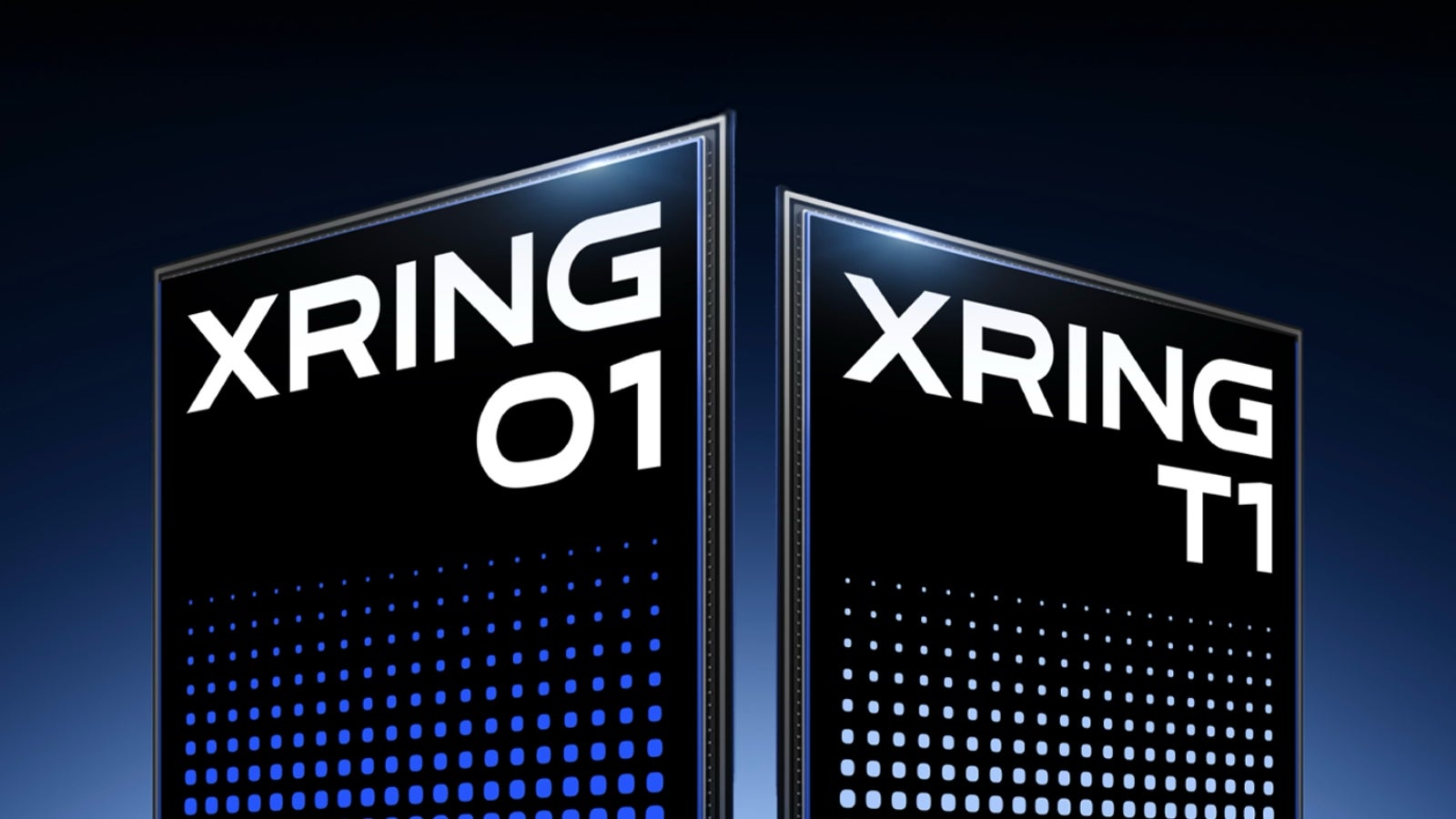












_Olekcii_Mach_Alamy.jpg?width=1280&auto=webp&quality=80&disable=upscale#)









































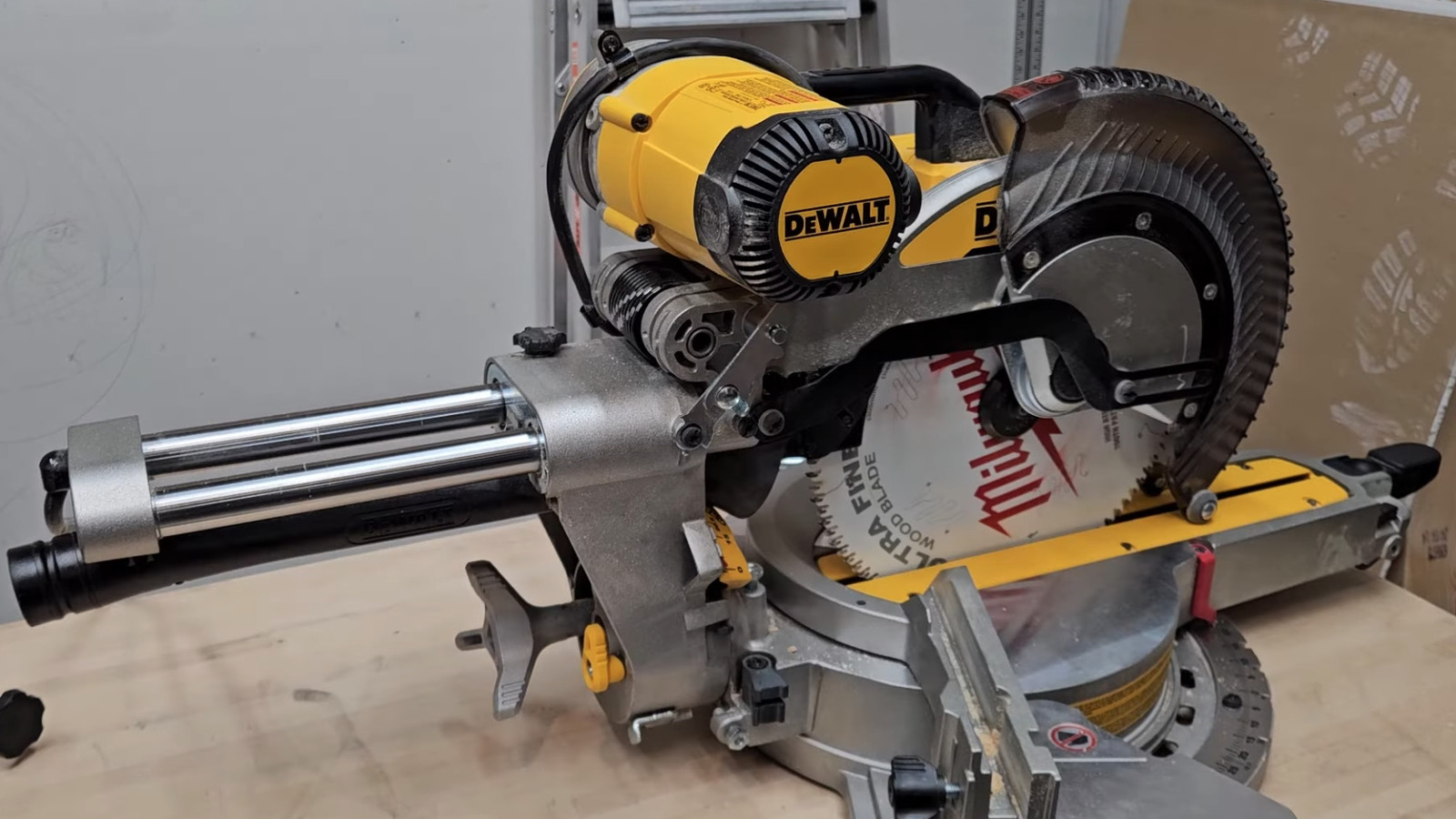


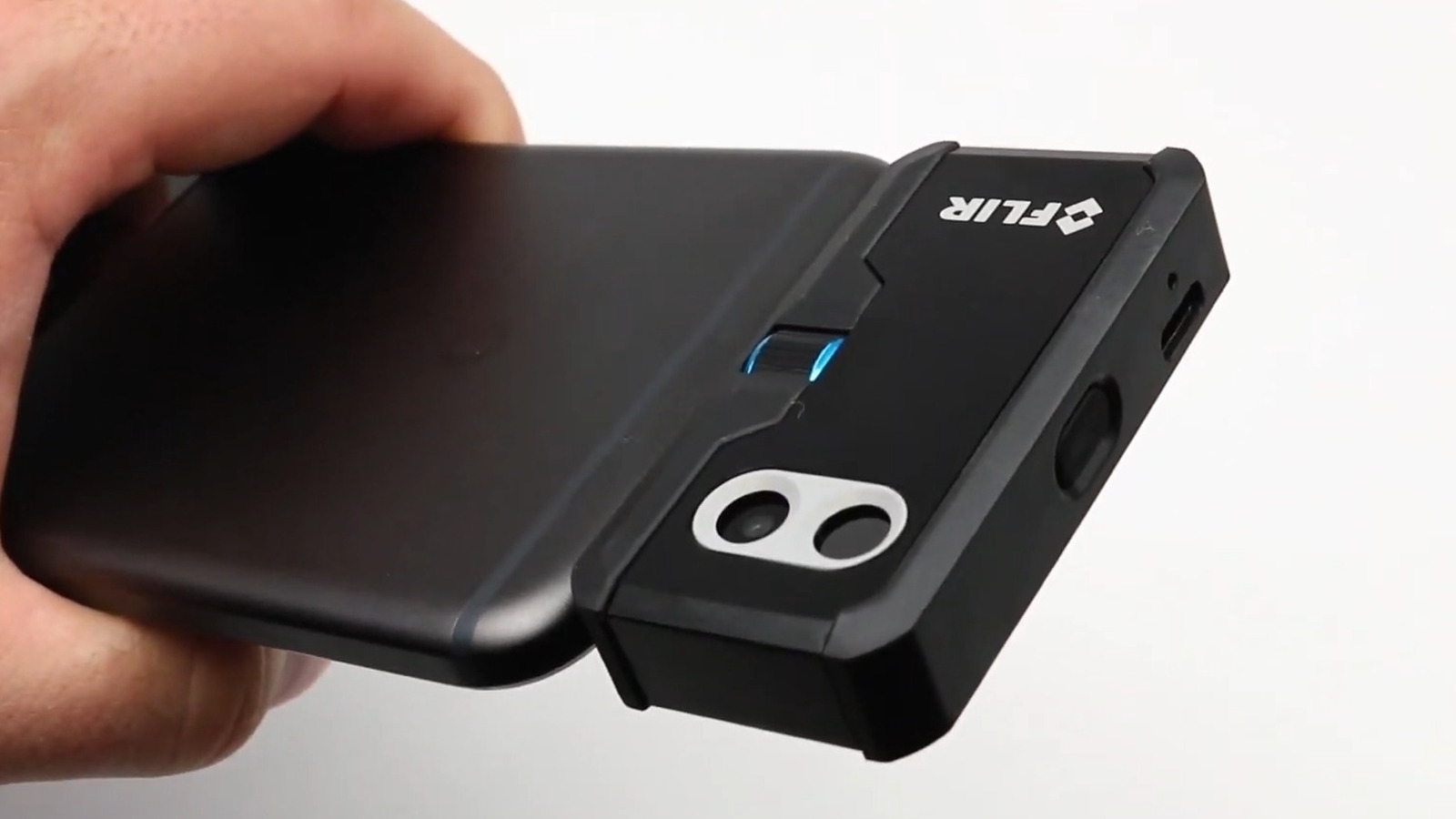







































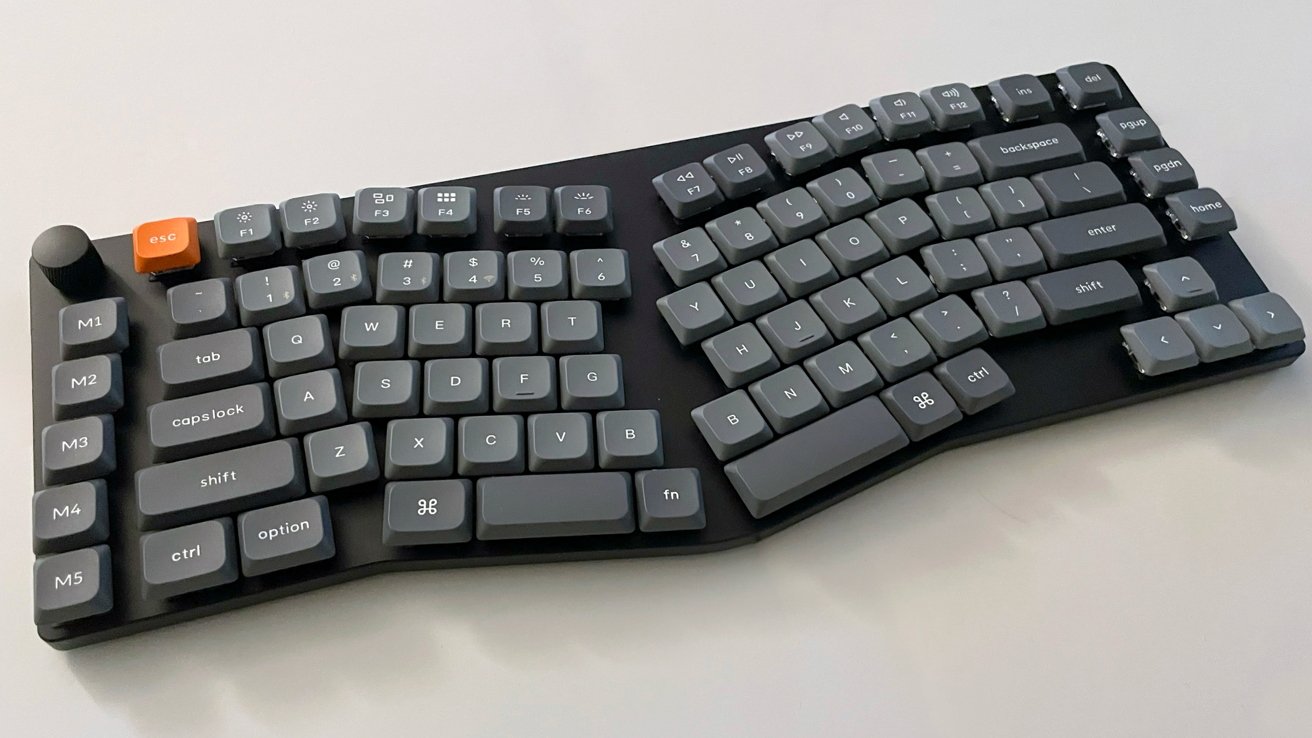




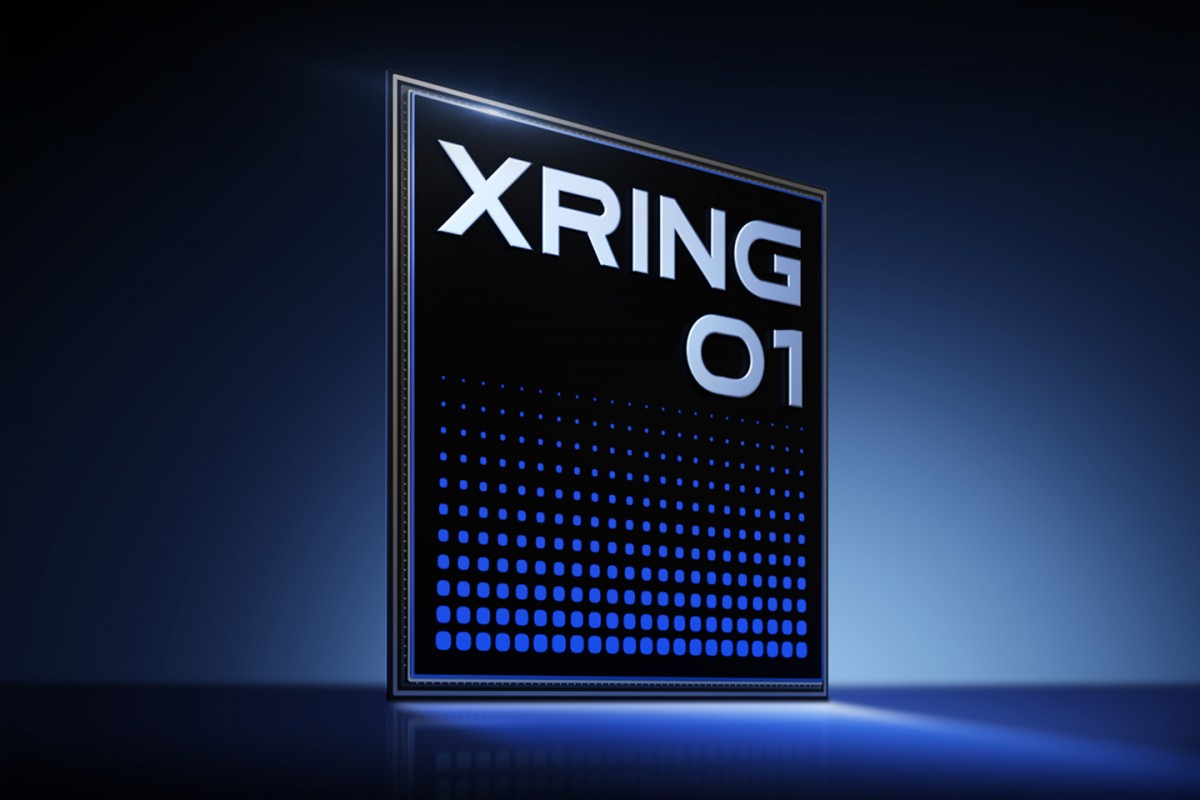
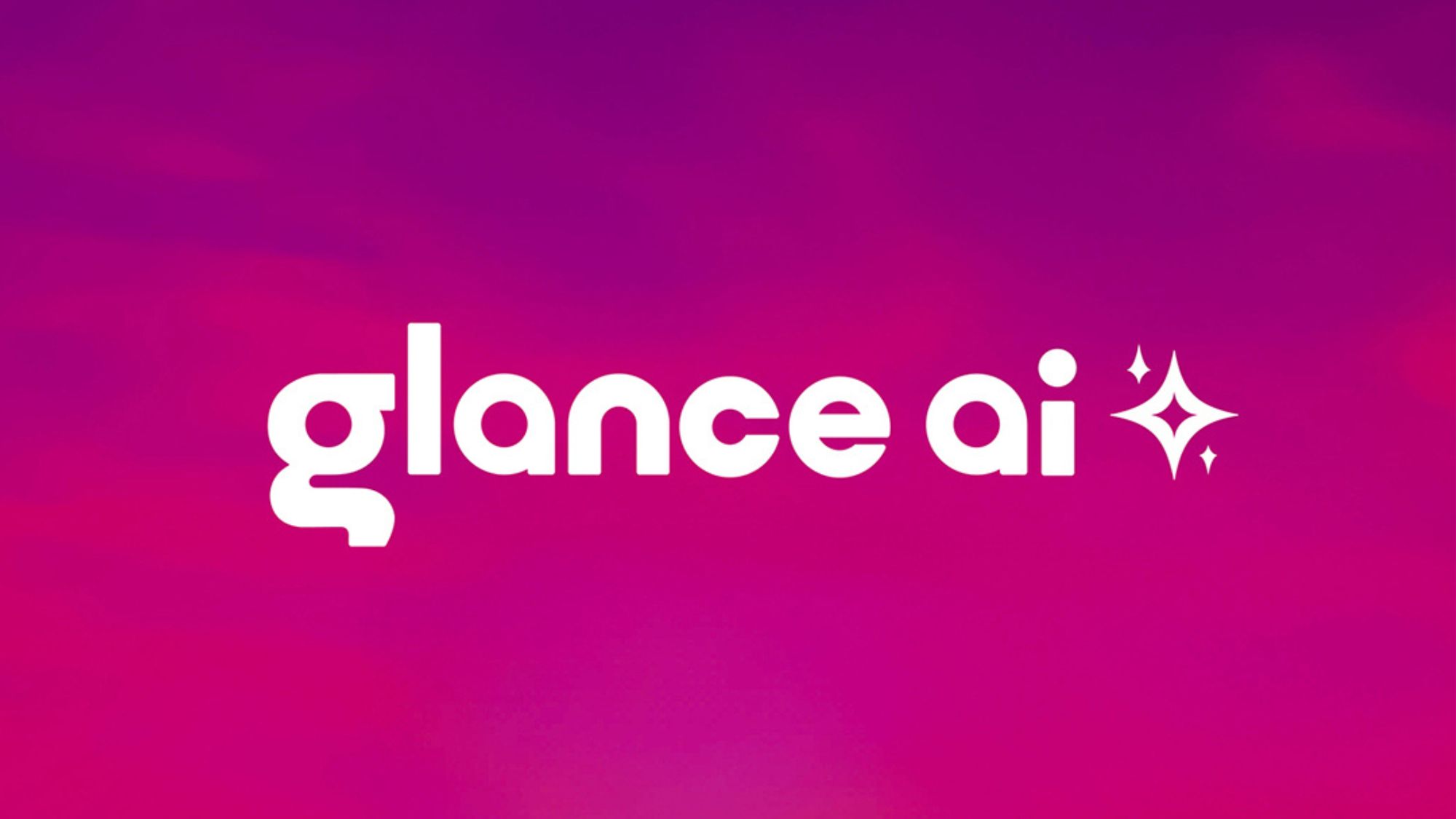





![Nomad levels up its best-selling charger with new 100W slim adapter [Hands-on]](https://i0.wp.com/9to5mac.com/wp-content/uploads/sites/6/2025/05/100w-FI.jpg.jpg?resize=1200%2C628&quality=82&strip=all&ssl=1)



![Google just showed off Android Auto’s upcoming light theme [Gallery]](https://i0.wp.com/9to5google.com/wp-content/uploads/sites/4/2025/05/android-auto-light-theme-documentation-2.jpg?resize=1200%2C628&quality=82&strip=all&ssl=1)








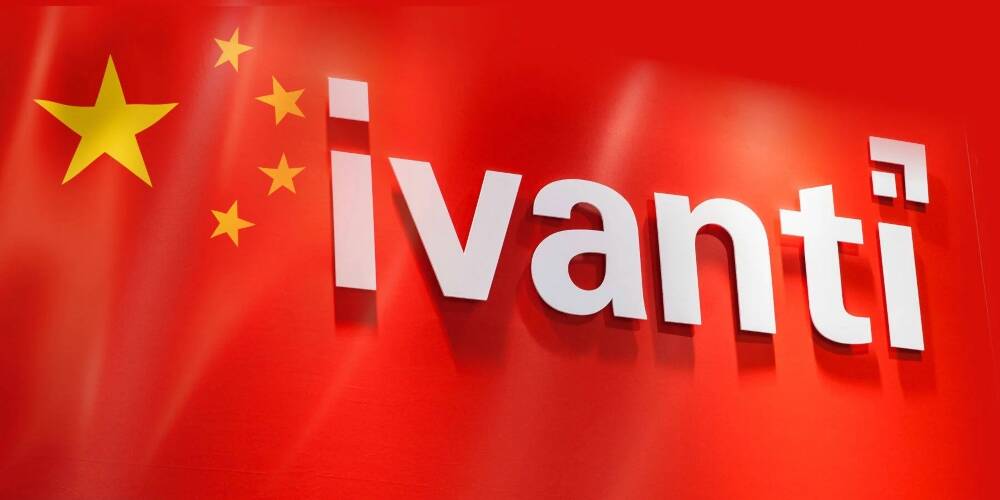


![Apple Accelerates Smart Glasses for 2026, Cancels Watch With Camera [Report]](https://www.iclarified.com/images/news/97408/97408/97408-640.jpg)
![Jony Ive and OpenAI Working on AI Device With No Screen [Kuo]](https://www.iclarified.com/images/news/97401/97401/97401-640.jpg)

![Anthropic Unveils Claude 4 Models That Could Power Apple Xcode AI Assistant [Video]](https://www.iclarified.com/images/news/97407/97407/97407-640.jpg)













